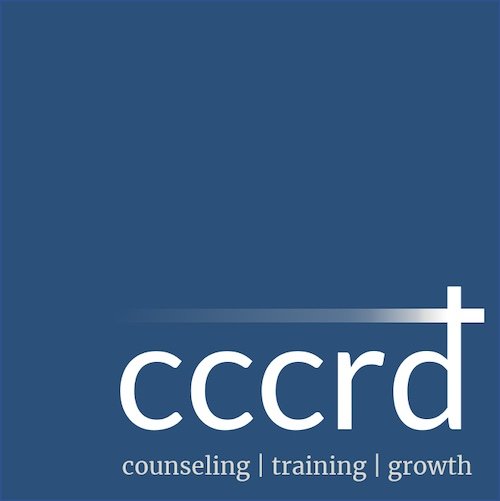Dispelling Myths and Finding Help for Eating Disorders
Eating disorders often go unseen and unheard. You may not even be able to name someone who suffers from disordered eating. And yet, statistically speaking, you probably do know someone facing this common problem. As many as 9% of the US population, or 28.8 million Americans, will have an eating disorder in their lifetime (Deloitte Access Economics). In other words, nearly 1 in 10 people have faced a diagnosable eating disorder.
My last two blogs discussed our current relationship with food and shared a bit about disordered thinking around eating. Here we will focus on misconceptions about eating disorders and some treatments that might apply to this common problem.
First, let’s look at a few misconceptions society carries about eating disorders:
1. “Only women have eating disorders.”
The truth is eating disorders are not limited to gender, age, or race. While eating disorders are often viewed as an exclusively female problem, men also can suffer from any of the forms of disordered eating and unhealthy relationship with food.
2. “It’s just genetic.”
In the past, it was believed that only parents, especially mothers, passed along eating disorders. While biological factors contribute, there are many environmental factors from any number of areas. Suffering from an eating disorder turns out to be much more complex than simply inheriting it from a parent.
3. “They don’t look like they have an eating disorder.”
Another misconception is that you would know right away if someone you knew struggled with an eating disorder. Not everyone who suffers from an eating disorder is underweight or thin. Some people don’t even realize their eating habits are unhealthy; it’s just something they’re constantly seeing in their culture (family/peers).
On top of this, those who have an eating disorder might feel shame and want to hide it, or they don’t want to be told to stop. Therefore, they learn to be good at hiding their disorder symptoms. It might be shocking to find out someone close to you is suffering from an eating disorder. It turns out, eating disorders are much more about patterns and approaches to food than some kind of physical appearance.
4. “It’s a choice…” “They just need to snap out of it!”
When responding to eating disorders, people might think it’s a choice, or that the person is not trying hard enough to be different. But this is an oversimplification. It’s important to understand that eating disorders are serious, difficult, and classify as a bio-social disease.
With some of these misconceptions out of the way, let’s look at how we think about treating eating disorders.
1. Examine and restore healthy eating habits
The first priority when seeking treatment is often to restore a normal/healthy weight for the individual, and helping establish normal eating habits.
One major way to do this is by learning what the triggers are for an individual. Once we know what starts the process, we can set up ways for the individual to recognize disordered eating and intervene with new coping skills and new thought processes.
2. Work as a team
With eating disorders, it’s often beneficial to have a team (or more than one person) helping the individual recover. A team might include a dietician, nutritionist, therapist, physician, and psychiatrist. In organizations dedicated to treating eating disorders, there could be more support on the team as well.
3. Prioritize solutions over causes
Not everyone who heals from an eating disorder needs to find out exactly what caused it or started it. What is helpful is interrupting the eating disorder behaviors, creating new eating habits, and giving care for medical and mental health issues. Once healthy habits are in place, then an individual could be in a place to explore what factors caused the disorder or when the faulty thinking started.
4. It takes time
Like any disorder, it takes time and work to learn how to care for ourselves better and implement new skills. Eventually, with patience and practice, healthier coping mechanisms and thought processes can stick and become second nature.
By understanding disordered eating and our relationship with food, we can begin to work toward healthier eating habits. Ultimately, a therapist's concern is seeing individuals move from eating disorders to broader psychological and social wellness.
Resources for more information
If you or someone you know is suffering from an eating disorder, here are some resources to find help. We at CCCRD are also ready to help — reach out at cccrd.org/contact.
National Eating Disorders Association — www.nationaleatingdisorders.org
National Association of Anorexia Nervosa and Associated Disorders — anad.org
The Emily Program — www.emilyprogram.com
The Renfrew Center — renfrewcenter.com
Deloitte Access Economics. The Social and Economic Cost of Eating Disorders in the United States of America: A Report for the Strategic Training Initiative for the Prevention of Eating Disorders and the Academy for Eating Disorders. June 2020. Available at: www.hsph.harvard.edu/striped/report-economic-costs-of-eating-disorders

